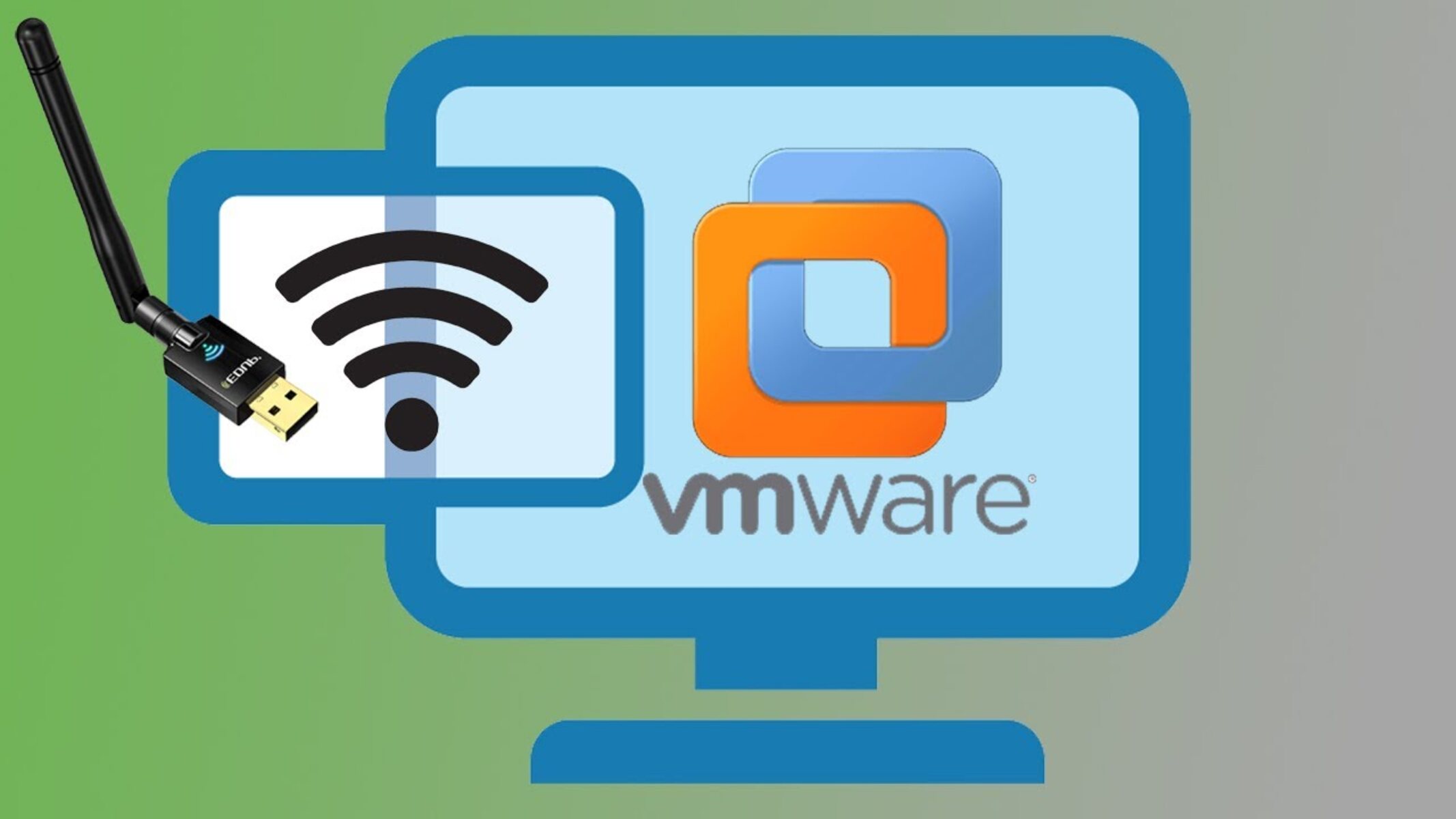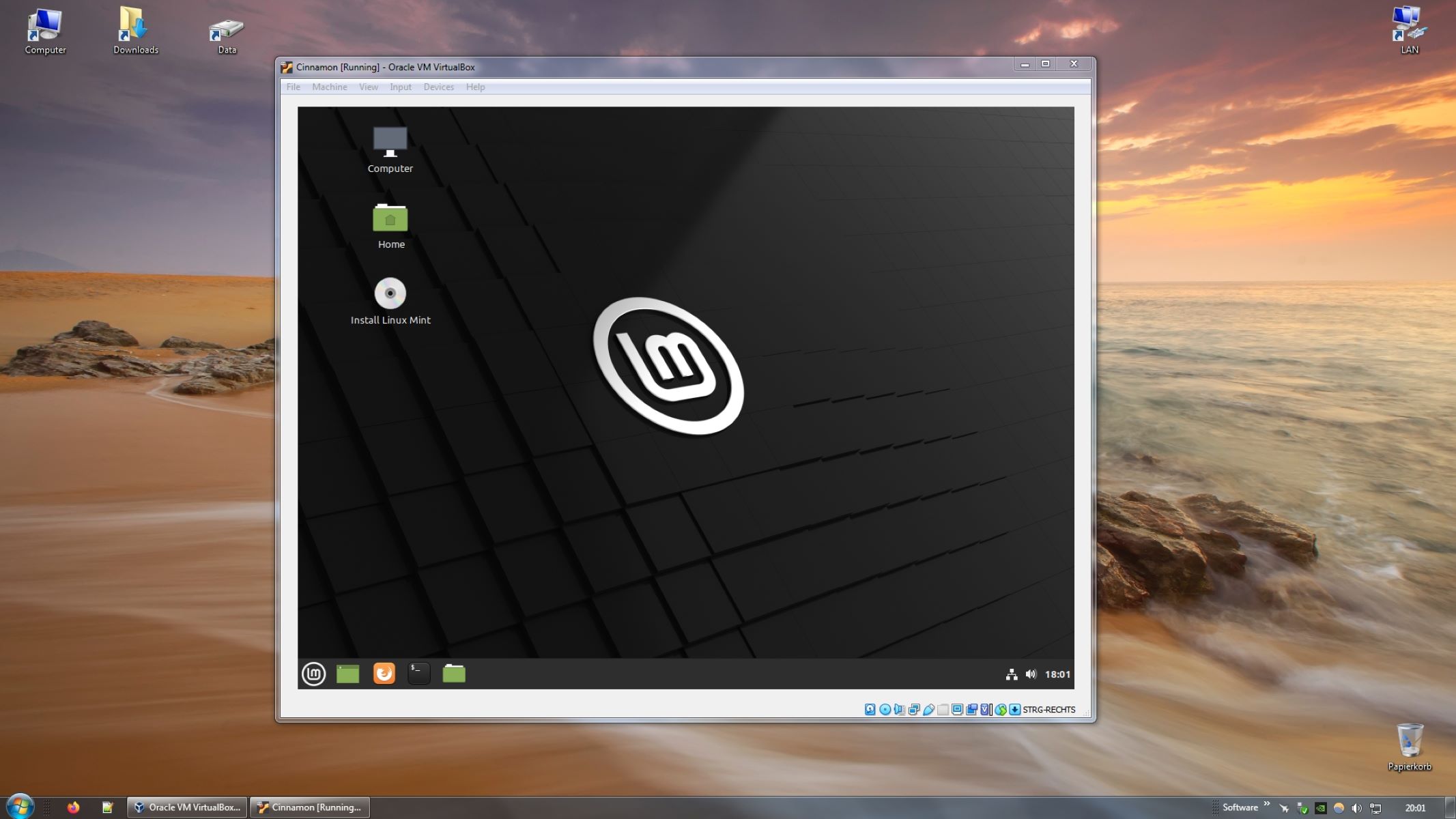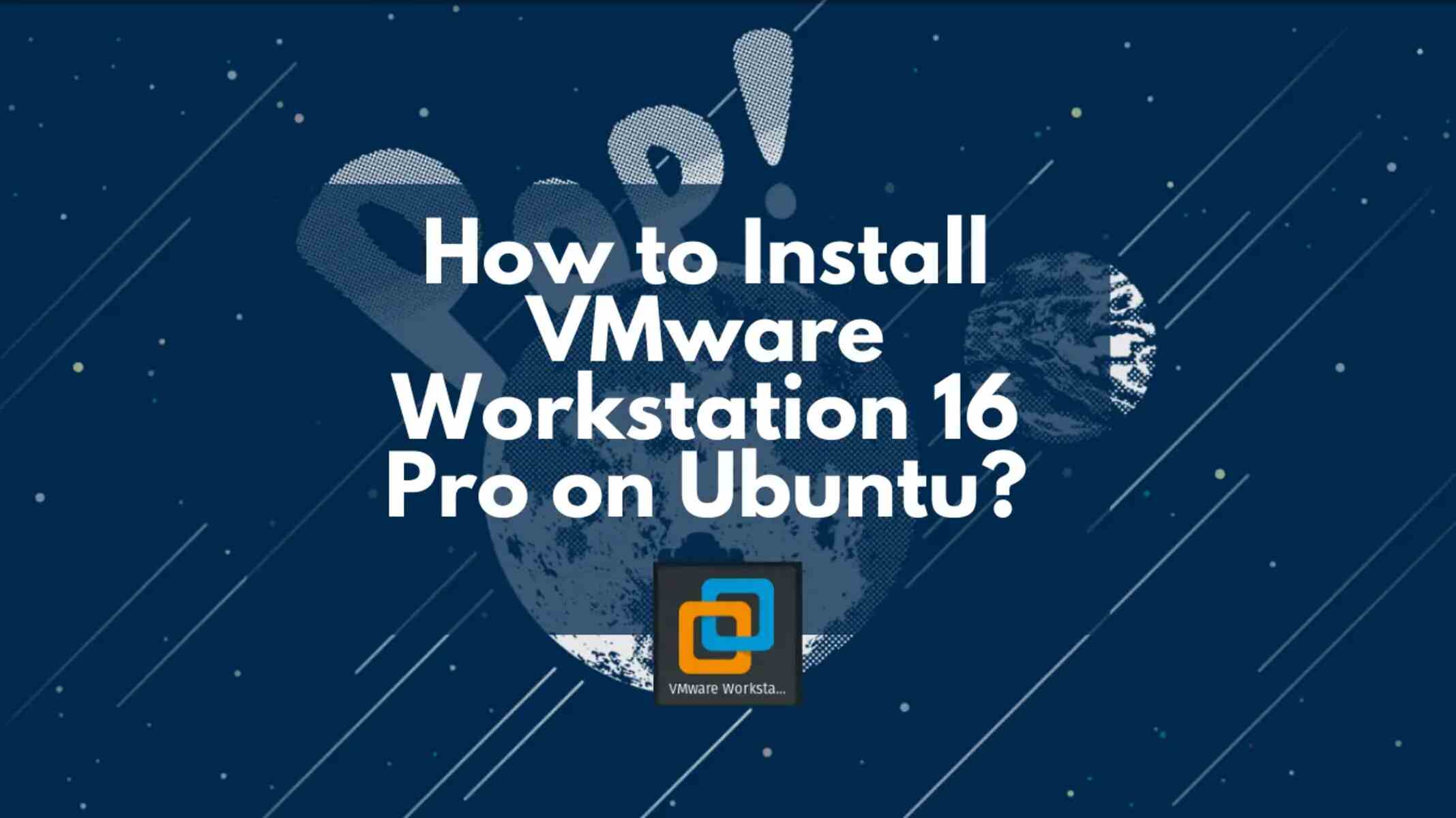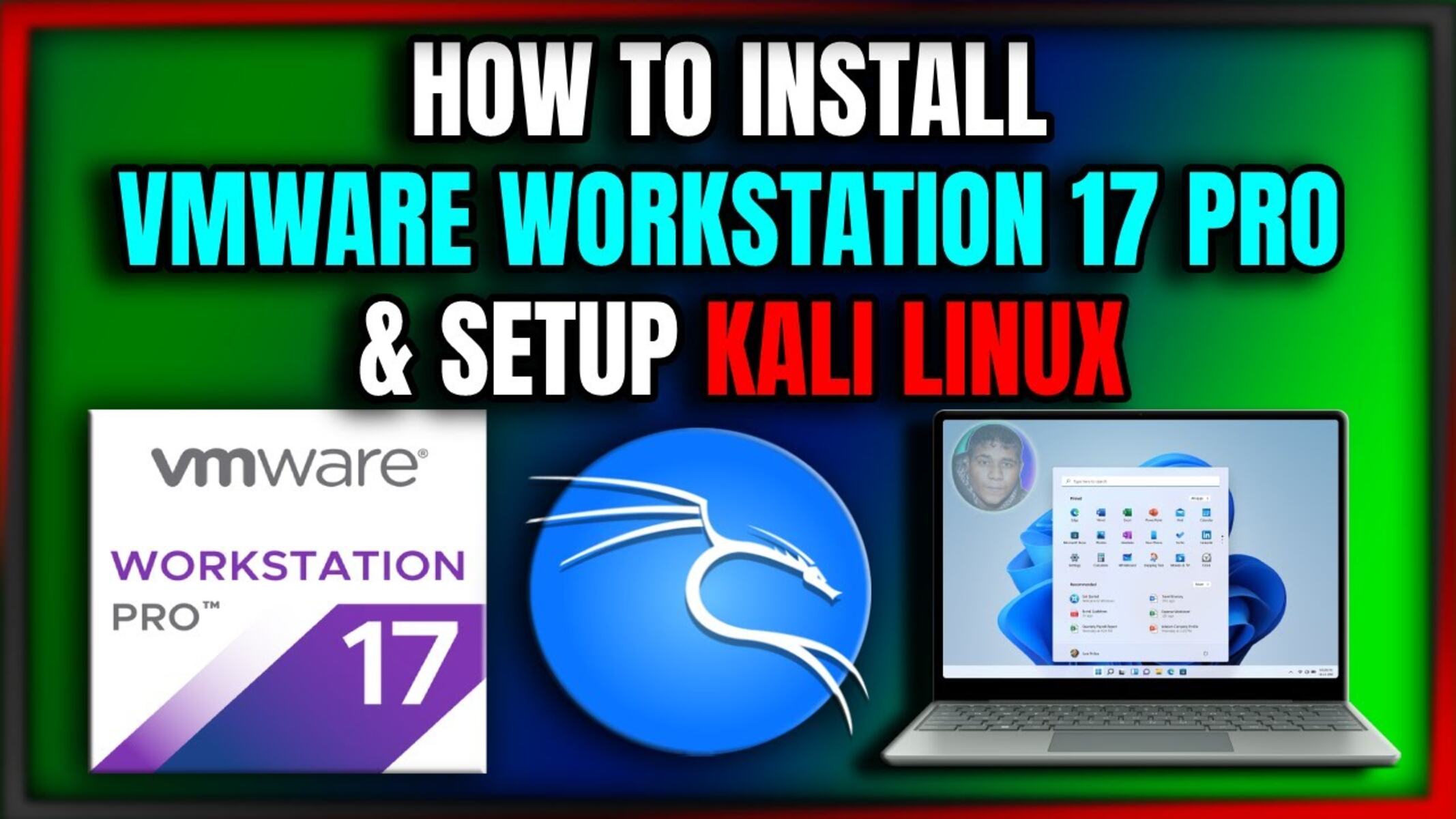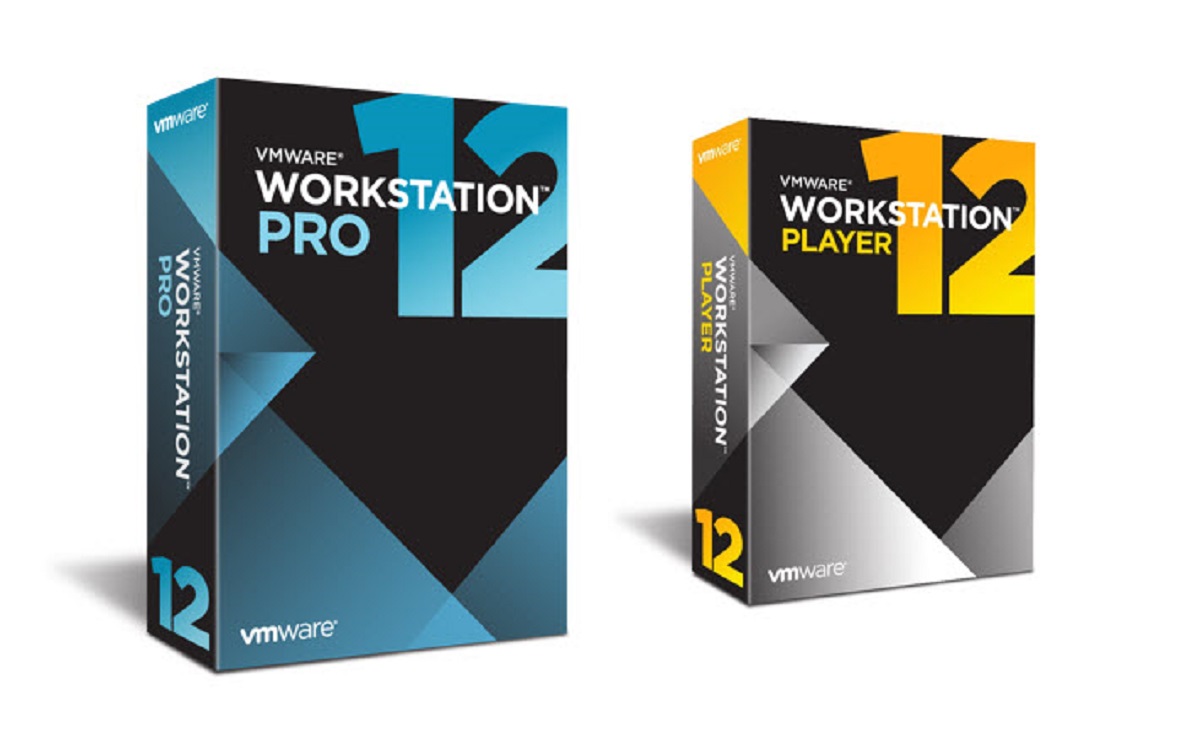Introduction
Welcome to this comprehensive guide on working with Ubuntu on VMware Workstation. Ubuntu is one of the most popular Linux distributions, known for its stability, security, and user-friendly interface. VMware Workstation, on the other hand, is a leading virtualization software that allows you to run multiple operating systems on a single machine.
By combining Ubuntu and VMware Workstation, you can create a powerful development and testing environment, explore new software releases, or simply experiment with different configurations. This guide will walk you through the process of setting up Ubuntu on VMware Workstation, configuring networking, sharing files between the host and guest systems, installing VMware Tools, customizing Ubuntu, troubleshooting common issues, and more.
Whether you are a developer, a system administrator, or a curious tech enthusiast, this guide will provide you with the knowledge and tools to work with Ubuntu efficiently on VMware Workstation. Are you ready to embark on this Ubuntu virtualization journey? Let’s get started!
Setting up VMware Workstation
Before we dive into installing Ubuntu on VMware Workstation, let’s ensure that you have VMware Workstation installed on your computer. If you haven’t installed it yet, you can download the software from the official VMware website and follow the on-screen instructions to install it.
Once VMware Workstation is installed, launch the application and you’ll be greeted with the welcome screen. From here, you can either create a new virtual machine or open an existing one. For the purpose of this guide, we will assume that you are starting from scratch and need to create a new virtual machine.
Click on the “Create a New Virtual Machine” option to begin the setup process. This will launch the New Virtual Machine Wizard, which will guide you through the necessary steps to create your virtual machine.
First, you will need to choose whether you want to install Ubuntu from an ISO file or if you already have a physical installation disc. Select the appropriate option and click “Next”.
In the next step, you will need to provide the path to the Ubuntu ISO file or insert the installation disc into your computer’s CD/DVD drive. VMware Workstation will automatically detect the ISO file or the disc and proceed to the next step.
Next, you will be prompted to enter the name and location for your virtual machine. Choose a descriptive name that identifies the operating system and version, such as “Ubuntu 20.04”, and select a location on your hard drive where you want to store the virtual machine files.
After specifying the name and location, you will need to specify the disk capacity for your virtual machine. VMware Workstation allows you to choose between allocating a specific amount of disk space now or allowing the virtual machine to grow as needed. Make your selection and click “Next”.
On the next screen, you will have the option to customize the hardware settings of your virtual machine. This includes specifying the number of processors, the amount of RAM, and other advanced options. Adjust these settings according to your computer’s capabilities and your requirements.
Finally, review the summary of your virtual machine configuration and click “Finish” to create the virtual machine. VMware Workstation will start creating the virtual machine, which may take a few moments depending on your computer’s performance.
Once the virtual machine is created, you are ready to install Ubuntu on VMware Workstation. In the next section, we will cover the installation process in detail.
Installing Ubuntu
With the VMware Workstation configured and the virtual machine set up, it’s time to install Ubuntu. Follow these steps to install Ubuntu on VMware Workstation:
- Start the virtual machine by clicking on the “Power on this virtual machine” option.
- The virtual machine will start booting up and prompt you to select the installation language. Choose your preferred language and press “Enter”.
- In the next screen, you will see the option to install Ubuntu. Use the arrow keys to navigate to the “Install Ubuntu” option and press “Enter”.
- Next, you will be presented with various installation options. You can choose to install third-party software, such as drivers and media codecs, during the installation process. Select your preferences and click “Continue”.
- On the next screen, you will be asked to choose the installation type. If you are new to Ubuntu, it is recommended to select the “Erase disk and install Ubuntu” option for a fresh installation. However, if you have specific partitioning requirements, you can choose the “Something else” option and manually configure the partitions.
- After selecting the installation type, click “Install Now” to proceed.
- You will be prompted to confirm the changes that will be made to the disk. Review the summary and click “Continue” to proceed with the installation.
- Next, you will be asked to select your time zone. Choose the appropriate time zone for your location and click “Continue”.
- Now, you will need to set up your keyboard layout. The installer will try to detect the correct layout automatically, but you can adjust it if necessary. Once you’re done, click “Continue”.
- In the next step, you will be prompted to create a user account. Enter your full name, username, and password. You can also choose to enable automatic login and encrypt your home directory if desired. Once you have entered the necessary information, click “Continue”.
- The installation process will begin, and you will see a progress bar indicating the status of the installation. This may take some time, so be patient.
- Once the installation is complete, you will be prompted to restart the virtual machine. Click “Restart Now” to finish the installation and boot into your newly installed Ubuntu system.
Congratulations! You have successfully installed Ubuntu on VMware Workstation. You can now explore the features and functionalities of Ubuntu within the virtual machine environment. In the next section, we will cover how to configure networking in Ubuntu on VMware Workstation.
Configuring Networking
Configuring networking is an essential step to ensure that your Ubuntu virtual machine can connect to the internet and interact with other devices on your network. To configure networking in Ubuntu on VMware Workstation, follow these steps:
- Start the Ubuntu virtual machine if it’s not already running.
- In the VMware Workstation menu, navigate to “VM” and then select “Settings”.
- In the Virtual Machine Settings window, click on the “Network Adapter” option.
- On the right side, you will find the network connection options. By default, the “NAT” (Network Address Translation) option is selected, which allows the virtual machine to share the host’s IP address and connect to the internet.
- If you want your Ubuntu virtual machine to have its own IP address on the network and be able to communicate with other devices, you can choose the “Bridged” option. This will allow the virtual machine to appear as a separate device on your network. Select the “Bridged” option and choose the appropriate network adapter from the drop-down menu.
- If you are using a wireless network connection on your host machine, you can select the “Bridged (Automatic)” option to automatically bridge the virtual machine to the wireless network.
- Once you have selected the desired network connection option, click “OK” to save the settings.
Your Ubuntu virtual machine is now configured with the appropriate network settings. It should be able to connect to the internet and communicate with other devices on your network.
To verify the network connection, open a web browser within the Ubuntu virtual machine and try accessing a website. If the website loads successfully, it means that the network configuration is successful. If not, double-check the network settings and ensure that the host machine has an active internet connection.
Configuring networking is crucial for various tasks, such as software updates, downloading packages, and accessing network resources. With the network successfully configured, you can now proceed to share files between the host and guest systems.
Sharing Files between Host and Guest
Sharing files between the host and guest systems in VMware Workstation allows you to easily transfer files and data between the two environments. Follow these steps to configure file sharing:
- Make sure that the Ubuntu virtual machine and VMware Workstation are both running.
- In the VMware Workstation menu, navigate to “VM” and then select “Settings”.
- In the Virtual Machine Settings window, click on the “Options” tab.
- Under the “Shared Folders” section, click on the “Add…” button to add a new shared folder.
- In the Add Shared Folder wizard, choose the folder you want to share from your host machine by clicking “Browse…”.
- Specify a name for the shared folder, which will be the name used to access it from within the Ubuntu virtual machine.
- Choose the type of access you want to grant to the shared folder, either read-only or read-write.
- Check the box that says “Enable this share” to activate the shared folder.
- Click “Next” to continue.
- In the next screen, you can choose whether to enable the shared folder every time the virtual machine starts or to enable it manually.
- Click “Finish” to complete the process and close the Settings window.
- Within the Ubuntu virtual machine, open the file manager and navigate to the “/mnt/hgfs” directory.
- You should see the shared folder listed there. Access and work with the files just like you would with any other folder on Ubuntu.
With the shared folder configured, you can now easily transfer files between the host and guest systems. Any changes made to the shared folder from either environment will be reflected in the other. This feature facilitates collaboration and streamlines workflows between the Ubuntu virtual machine and the host machine.
Remember to properly unmount the shared folder before shutting down or suspending the virtual machine to ensure data integrity. Simply right-click on the shared folder and select “Unmount” to safely disconnect it.
Sharing files between the host and guest systems enhances productivity and flexibility when working with Ubuntu on VMware Workstation. In the next section, we will explore the process of installing VMware Tools to further optimize the virtual machine’s performance and functionality.
Installing VMware Tools
VMware Tools is a suite of utilities that enhances the performance and functionality of the virtual machine. It optimizes graphics and mouse performance, improves file sharing and clipboard integration, and provides other essential features. Follow these steps to install VMware Tools on your Ubuntu virtual machine:
- Start the Ubuntu virtual machine and log in to the system.
- In the VMware Workstation menu, navigate to “VM” and then select “Install VMware Tools”.
- A virtual CD/DVD drive will be inserted into the virtual machine, containing the VMware Tools installation files.
- Open a terminal window in Ubuntu by pressing
Ctrl+Alt+T. - In the terminal, navigate to the virtual CD/DVD drive by running the following command:
- List the contents of the directory by running the command:
- You should see a file named
VMwareTools-x.x.x-x.tar.gz, where x.x.x-x represents the version number. Extract the contents of the file by running the command: - Navigate into the extracted directory using the command:
- Run the installer by executing the following command:
- Follow the on-screen prompts to complete the installation process. Press Enter to accept the default options.
- Once the installation is complete, restart the virtual machine by running:
cd /media/$USER/VMware\ Toolslstar -xzf VMwareTools-x.x.x-x.tar.gzcd vmware-tools-distribsudo ./vmware-install.plsudo rebootAfter the virtual machine reboots, VMware Tools will be fully installed and operational. You can now enjoy enhanced performance, improved integration, and additional features in your Ubuntu virtual machine.
Note that it is recommended to keep VMware Tools up to date by periodically checking for updates and installing the latest version provided by VMware. This ensures compatibility and takes advantage of any new enhancements or bug fixes.
With VMware Tools successfully installed, you can now proceed to customize your Ubuntu virtual machine to suit your preferences in the next section.
Customizing Ubuntu on VMware Workstation
One of the advantages of working with a virtual machine is the ability to customize the operating system to suit your preferences. Ubuntu on VMware Workstation offers various customization options to enhance your overall user experience. Here are some of the ways you can customize your Ubuntu virtual machine:
- Change the desktop appearance: Ubuntu comes with a default desktop environment, but you can easily change it to your preferred one. You can choose from popular options like GNOME, KDE, or Xfce. To do this, navigate to the Ubuntu Software Center, search for the desired desktop environment, and install it. Once installed, log out and select the new desktop environment from the login screen.
- Install and remove software: Ubuntu has a vast repository of software applications available for installation. Use the Software Center or the terminal to search for and install the software you need. Likewise, if you wish to remove any unnecessary software, you can do so using the Software Center or the terminal.
- Customize the desktop layout: Ubuntu allows you to customize the appearance and arrangement of your desktop. You can add and remove launchers, rearrange icons, change wallpapers, and more. Right-click on the desktop and choose “Customize” or access the settings menu to modify the desktop layout according to your preferences.
- Configure system settings: Ubuntu provides extensive system settings that allow you to personalize your virtual machine. These settings include appearance, privacy, power management, notifications, and more. Open the “Settings” application and explore the various options to customize your system to your liking.
- Create keyboard shortcuts: Ubuntu allows you to create custom keyboard shortcuts to perform specific actions or launch applications quickly. Open the “Settings” application, navigate to “Keyboard Shortcuts,” and define your desired shortcuts based on your workflow and convenience.
- Enable and configure virtual desktops: Virtual desktops provide a way to organize your workspaces and improve productivity. Ubuntu allows you to create multiple virtual desktops and switch between them effortlessly. Use the “Activities” overview or the shortcut
Ctrl+Alt+Arrow keysto manage your virtual desktops and customize their arrangement.
These are just a few examples of the customization options available in Ubuntu on VMware Workstation. Feel free to explore the different settings, applications, and extensions to personalize your Ubuntu virtual machine to your heart’s content.
Remember to strike a balance between customization and maintaining a stable and efficient system. Avoid installing unnecessary software or making excessive modifications that may negatively impact performance or security.
In the next section, we will address some common troubleshooting issues that you may encounter when working with Ubuntu on VMware Workstation.
Troubleshooting and Common Issues
While working with Ubuntu on VMware Workstation, you may encounter some common issues or face challenges. Here are a few troubleshooting steps to help you resolve these issues:
- No network connection: If your Ubuntu virtual machine is not connecting to the internet, double-check your network settings in VMware Workstation. Ensure that the network adapter is configured correctly, and the appropriate network connection type is selected.
- Low display resolution: If you find that the display resolution in your Ubuntu virtual machine is not optimal, it may be due to the lack of VMware Tools. Make sure that you have installed VMware Tools properly, as it includes display drivers that enhance graphics performance and resolution.
- Audio not working: If you are experiencing issues with audio playback in Ubuntu, check the sound settings in both VMware Workstation and Ubuntu. Ensure that the correct audio device is selected and that the volume is not muted or set too low.
- Slow performance: If you are experiencing slow performance, there are several factors to consider. Check the allocated resources for the virtual machine, such as CPU cores and memory, and adjust them accordingly. Additionally, make sure that the host machine is not under heavy load or running resource-intensive applications simultaneously.
- File sharing issues: If you encounter problems with file sharing between the host and guest systems, verify that VMware Tools is installed and up to date. Ensure that the shared folder configuration in VMware Workstation is correct, and double-check the permissions and access settings for the shared folder in Ubuntu.
- Software compatibility: In some cases, certain software applications may not work as expected in a virtualized environment. Check the software’s compatibility with Ubuntu and VMware Workstation, and consider consulting the software’s documentation or contacting the developer for support.
If you encounter any issues not mentioned above or cannot resolve the problem, consider searching for solutions on community forums, VMware support resources, or Ubuntu support channels. These resources often provide solutions or workarounds for common issues, and you may find helpful insights from other users who have faced similar challenges.
Remember to keep your Ubuntu system up to date with the latest software updates and security patches. Regular updates can often resolve known bugs and improve system stability and performance.
By troubleshooting common issues and actively seeking solutions, you can ensure a smoother experience when working with Ubuntu on VMware Workstation.
In the next section, we will conclude our guide on working with Ubuntu on VMware Workstation.
Conclusion
Working with Ubuntu on VMware Workstation provides a powerful and flexible platform for exploring, developing, and testing software in a virtual environment. Throughout this guide, we have covered the essential steps to set up VMware Workstation, install Ubuntu, configure networking, share files, install VMware Tools, and customize Ubuntu to suit your preferences.
By following the steps outlined in this guide, you should now have a functional Ubuntu virtual machine running smoothly on VMware Workstation, with the ability to connect to the internet, share files with the host system, and experience enhanced performance through VMware Tools.
Remember to troubleshoot any issues or challenges you may encounter effectively. Be proactive in seeking solutions, leveraging community forums, support channels, and documentation to navigate through obstacles and optimize your Ubuntu virtual machine experience.
As you continue to explore Ubuntu on VMware Workstation, you will discover additional options for customization, such as installing software applications, modifying desktop settings, and utilizing keyboard shortcuts to enhance your workflow.
Whether you are a developer, administrator, or a tech enthusiast, Ubuntu on VMware Workstation provides a versatile environment for experimentation, learning, and productivity. Enjoy the benefits of a stable and secure Linux distribution while taking advantage of the virtualization capabilities provided by VMware Workstation.
With the knowledge gained from this guide, you are well on your way to harnessing the power of Ubuntu on VMware Workstation. Feel free to continue exploring and expanding your skills in this virtual environment.
Thank you for joining us on this Ubuntu virtualization journey, and best of luck in your future endeavors with Ubuntu and VMware Workstation!









